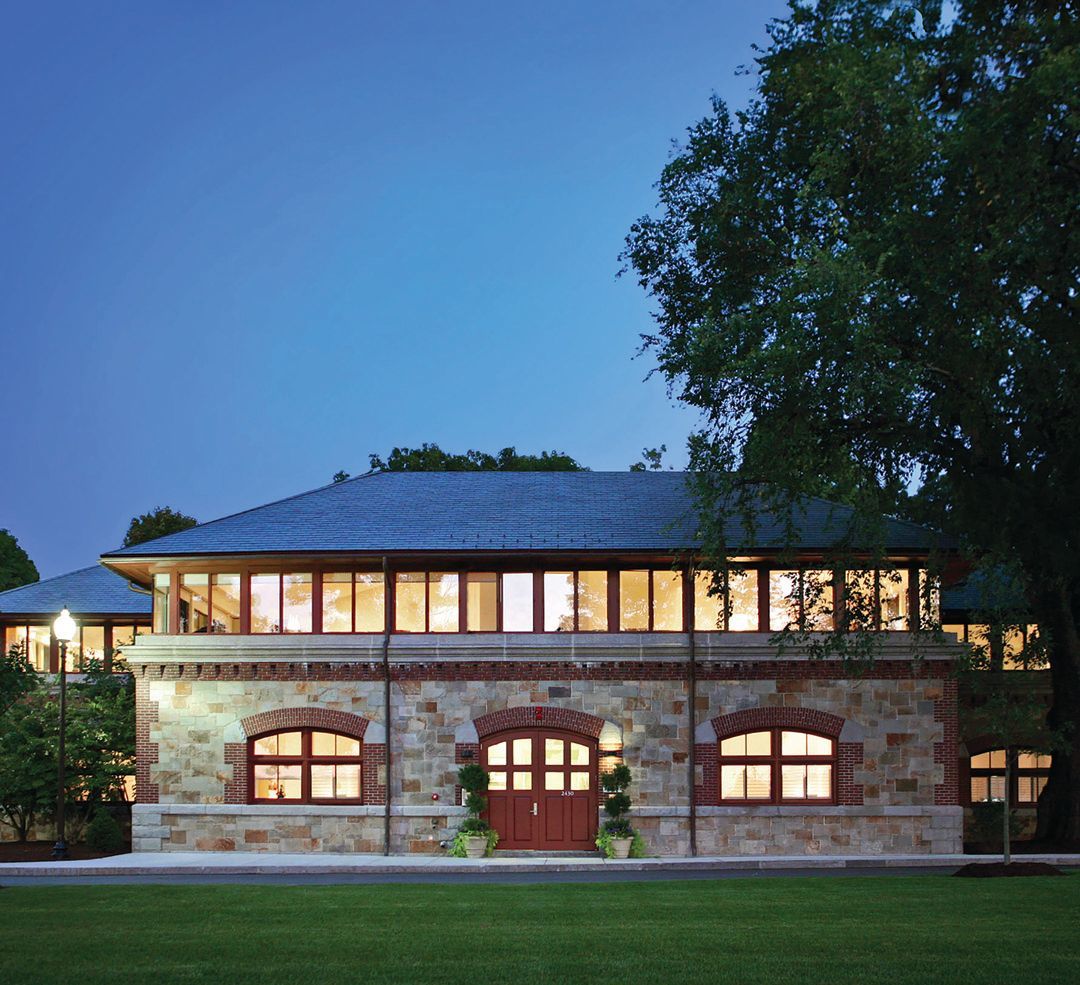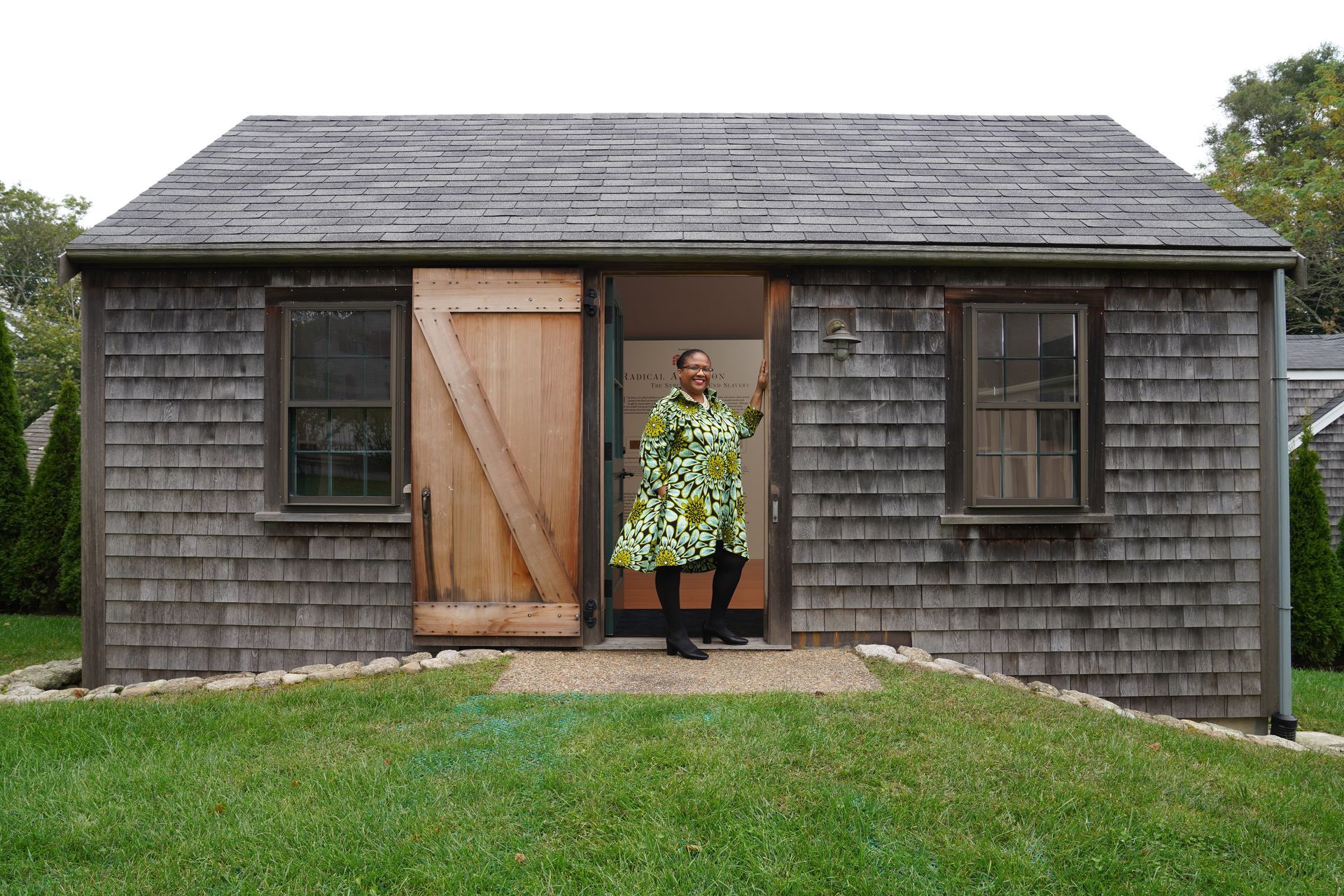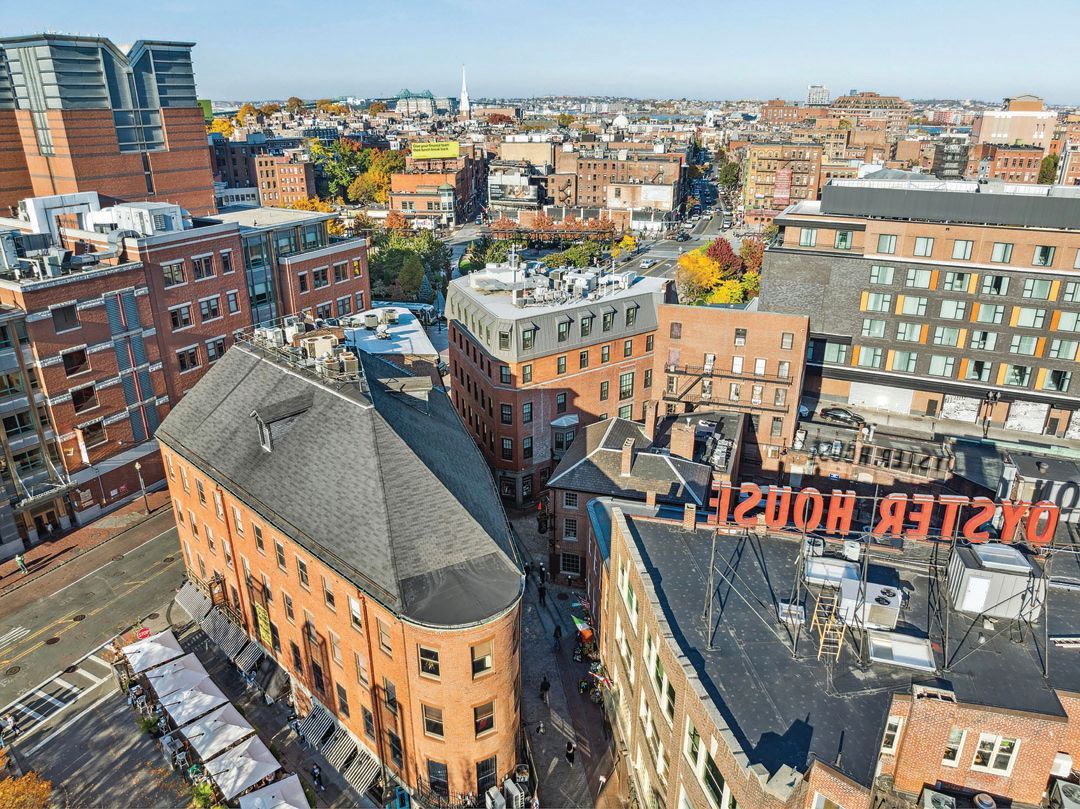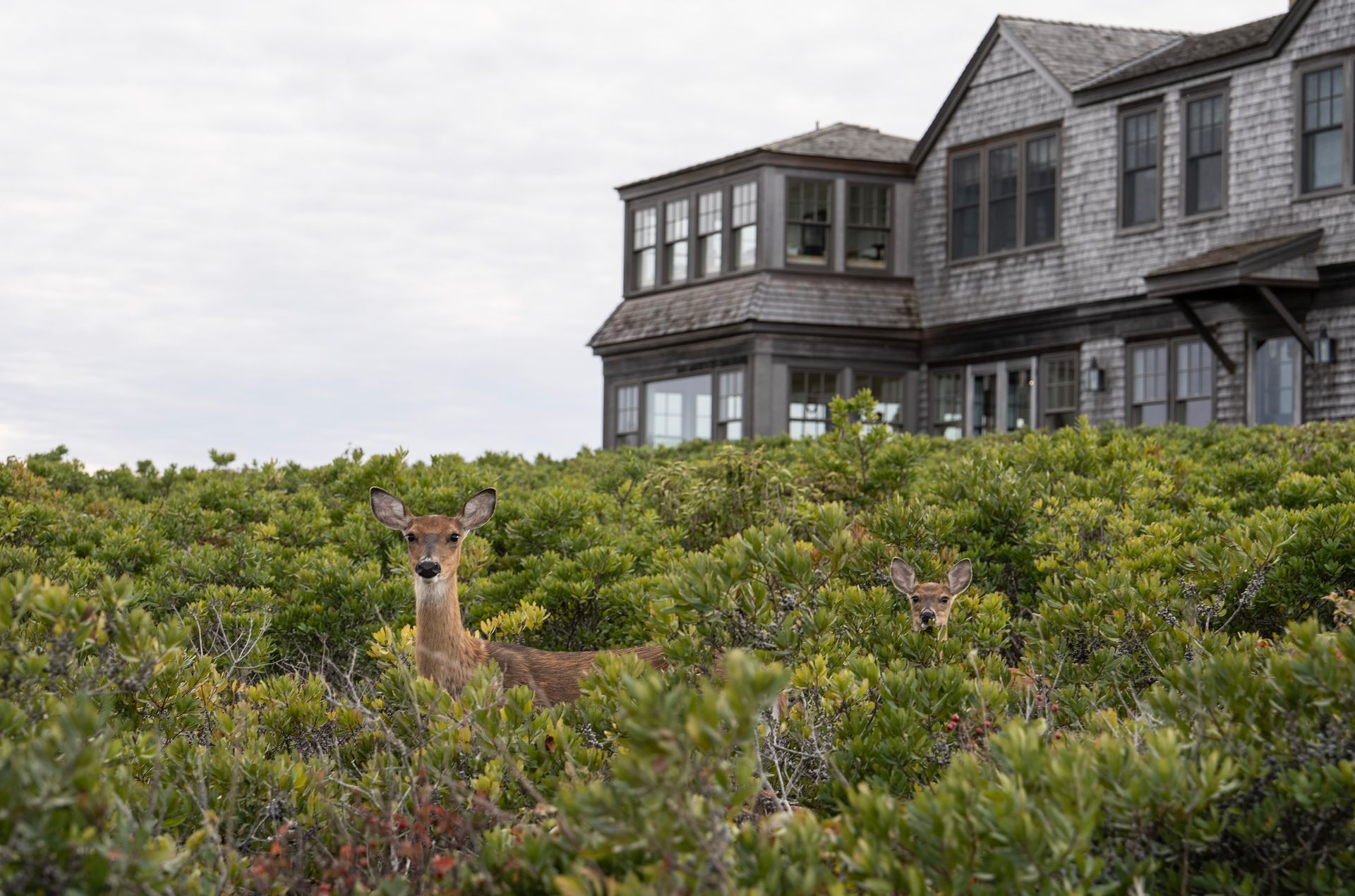The Lasting Legacy of Graham Gund
Remembering Renowned Architect Graham Gund
Written by Bruce A. Percelay
Images Courtesy of The Gund
There are those who leave in their wake an indelible mark on the world around them, and Graham Gund was one such person. Gund, who had been coming to Nantucket with his wife Ann since 1977, left his mark brick by brick, and his legacy of creative architecture will impact the landscape of Boston, Washington D.C. and beyond for many years to come.
A longtime summer resident of Nantucket, Gund was bornin Cleveland, Ohio, from a family of privilege. The son of an investment banker, Gund was one of six children. One of his brothers, Gordon Gund, still lives on Nantucket, and is the CEO of Gund Investment Corporation and an accomplished sculptor.
Graham Gund received his masters in architecture and urban design at Harvard’s renowned Graduate School of Design. His buildings were often whimsical, some with round windows, pagoda-like roofs and gold-leaf chevrons, one could easily identify a Graham Gund building by its unconventional design and signature details.
Gund’s designs extend well beyond New England. In the 1990s,he was tasked with designing new buildings at Disneyworld in Florida. He also worked on over two dozen educational and athletic facilities at Kenyon College and Ohio State University, as well as a botanical garden in Cleveland and a former department store in Washington D.C. that he converted into a mixed-use housing and commercial complex.
Gund was also an active member of the communities he called home. He was a trustee of the Museum of Fine Arts in Boston, he founded the Boston Foundation for Architecture and in 1997, he co-founded the Nantucket Preservation Trust with Max Berry, bringing historic preservation into the spotlight on Nantucket at a time when historic homes were being gutted. At the time, The New York Times reported the island was “under siege,” awakening to “the din and clash of construction, threatening both its look and its historic integrity.”
Throughout his career, Nantucket was Gund’s place to relax. People asked him to design houses on the island, though he almost never took on residential projects. “You would never know that he had any money,” Ann said. “He had a quiet presence, a quiet sense of humor and humanity about him. He had a passion for beauty and art. He gave so much that you wouldn’t even know about.”
His works have been described as inviting. Gund was known for buildings that not only had a life of their own, but enhanced the entire neighborhood around it. Paul Goldberger, a Pulitzer Prize-winning architecture critic, said of Gund: “For Graham, the idea of place is so powerfully real that it always sets the tone.
Late Boston Globe architecture critic Robert Campbell added in a 1989 article that Gund is “quite possibly the most playful architect of importance in the history of the United States.” He was also an avid art collector, so much so that The Boston Globe called his the most important collection of contemporary paintings and sculptures in New England. For those who knew Gund, he was ashy, gentle soul who did not seek attention or accolades but let his works speak for themselves. His mark as an architect and as a person will undoubtedly stand the test of time.







